The Future of Energy: Exploring Solar Photovoltaic (PV) Power Systems
In an era focused on sustainability and energy independence, photovoltaic (PV) systems are settling in the renewable energy sector. These systems convert sunlight into electricity and come in two main types: grid-connected and off-grid. Grid-connected systems are integrated with utility networks, providing renewable energy to homes and businesses and potentially returning surplus energy to the grid, thus promoting economic and grid stability. Off-grid systems, dynamic in remote locations, rely on batteries to store energy, ensuring consistent power supply independent of external grids. This article examines both systems' components, operational dynamics, and their implications at residential, commercial, and utility scales. It highlights the core technology—solar panels—needed for converting solar energy into electricity. The discussion extends to the advancements in PV technology that enhance efficiency and sustainability, emphasizing their growing importance in global energy solutions.Catalog
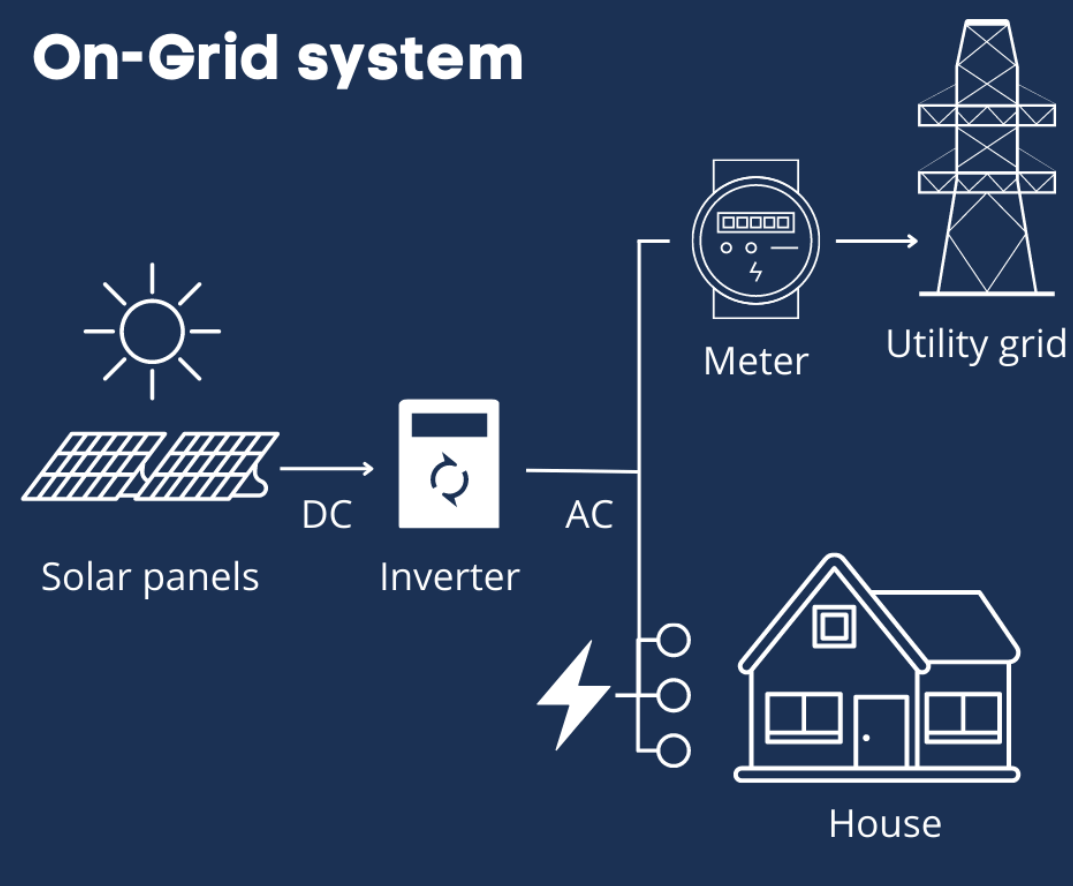
Figure 1: Grid-Connected Photovoltaic System
Grid-Tied Photovoltaic System Basics
Grid-connected photovoltaic (PV) systems are widely used in residential, commercial, and large-scale utility settings for harnessing solar energy. These systems are popular due to their cost-effectiveness and easy integration with existing electrical grids. Unlike off-grid systems, grid-connected PV systems don't require costly battery storage, making them more economical. Enabling homeowners and businesses to transmit surplus electricity back to the power grid. This helps reduce electricity bills and stabilize the grid.
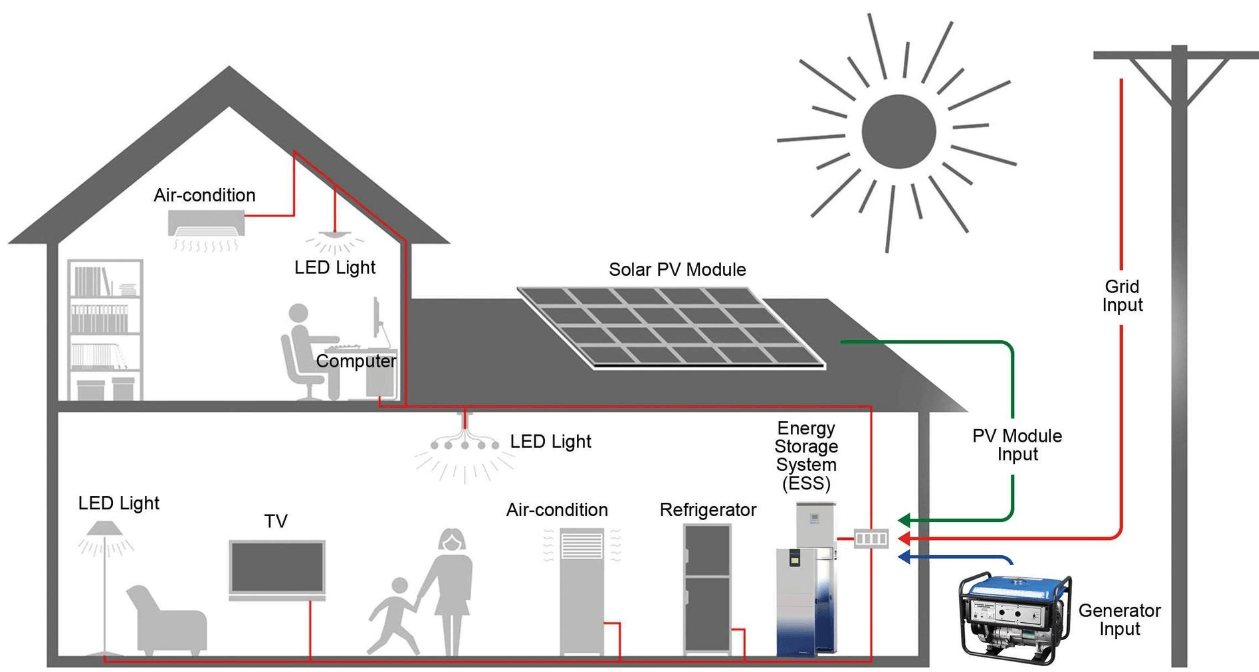
Figure 2: Residential PV Systems
Residential PV systems typically have a capacity of up to 20 kW. They are designed to meet household energy needs and maximize the return on investment through net metering. Net metering credits homeowners for the surplus energy they supply to the grid.
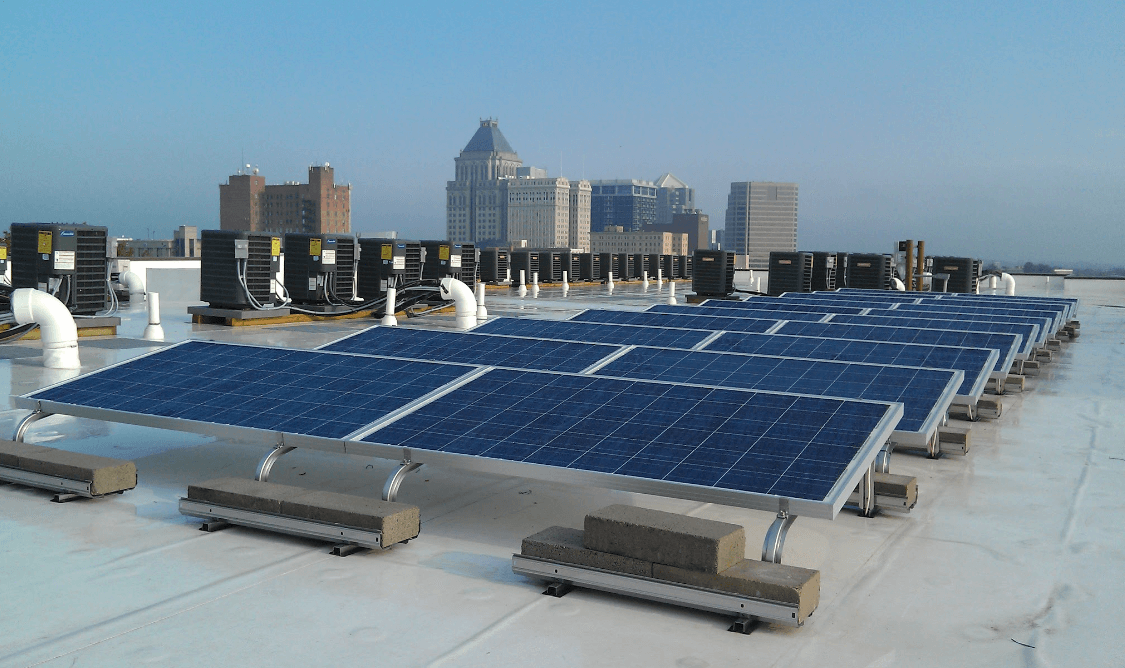
Figure 3: Commercial PV Systems
Commercial PV systems range from 20 kW to 1 MW. These systems are tailored to offset a significant portion of the energy demand for businesses, schools, or government buildings. They often include advanced monitoring and management technology to optimize performance and integrate smoothly with business operations.
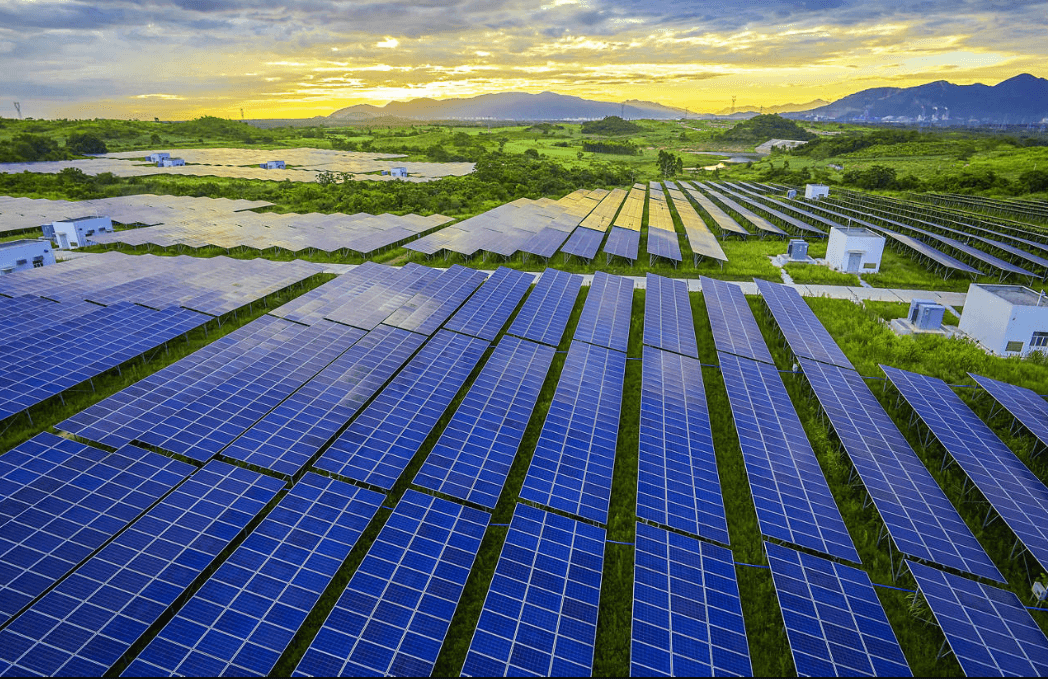
Figure 4: Utility-Scale PV Systems
Utility-scale PV systems exceed 1 MW. They contribute a substantial amount of renewable energy to the grid and are significant for reducing the carbon footprint on a large scale. These systems require detailed planning regarding location, scalability, grid integration, and their impact on the local and wider energy market.
Grid-connected photovoltaic (PV) systems incorporate several unsafe components to efficiently harness solar energy and provide economic benefits. Photovoltaic panels transform sunlight into direct current (DC) electricity, and inverters then convert this DC into alternating current (AC), ensuring compatibility with both the grid and household appliances. The metering infrastructure monitors energy production and consumption, facilitating effective energy management and accurate billing. Connection hardware ensures seamless integration with the grid, and safety mechanisms, such as automatic disconnects, prevent the system from feeding the grid during a blackout to protect utility workers and maintain system integrity. Together, these components support grid stability and enhance the functionality of grid-connected PV systems.
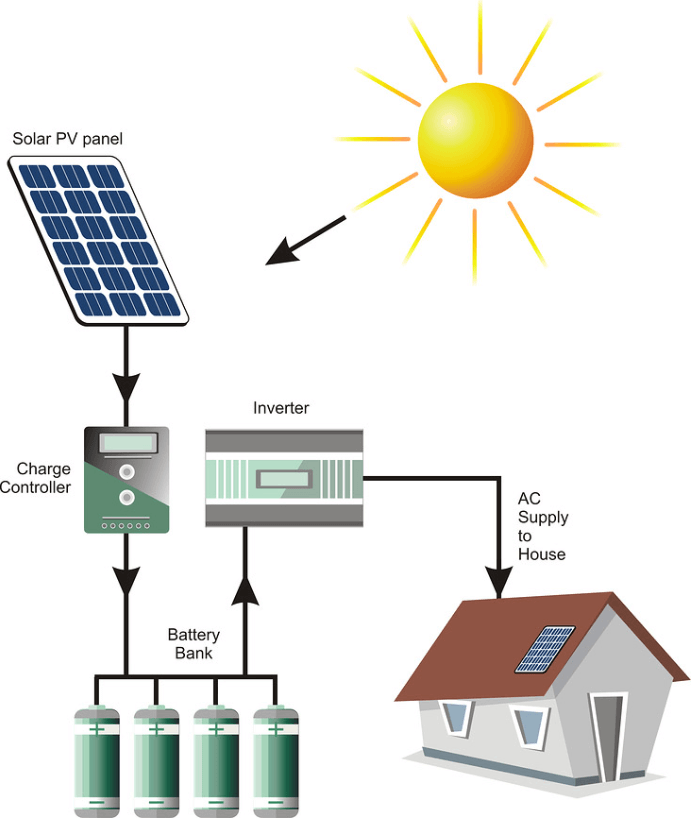
Figure 5: Off-grid (Stand-Alone) Photovoltaic (PV) Systems
Designing Off-Grid PV Systems for Remote Applications
Off-grid photovoltaic (PV) systems function independently of utility grids, making them well-suited for remote or rural locations with limited or no access to the grid. These systems harness solar energy and store it in battery banks, providing a dependable power source during nighttime or overcast conditions.
Core Components of Off-Grid PV Systems
Solar Panels: Solar panels capture sunlight and convert it into direct current (DC) electricity.
Battery Banks: Battery banks store excess energy generated during peak sunlight hours. This stored energy is a must for providing power when there is little or no sunlight.
Charge Controllers: Charge controllers regulate the flow of electricity from the solar panels to the battery banks and electrical loads. They prevent overcharging, which helps extend battery life.
Inverters: These devices transform the DC electricity stored in batteries into alternating current (AC), enabling it to power standard household or industrial appliances.
Charge controllers play a deciding role in managing the charging cycle, ensuring that batteries are optimally charged and that their capacity and lifespan are maintained. Modern systems often include advanced monitoring tools that provide real-time data on performance, energy use, and environmental conditions, allowing for precise management and troubleshooting. Many off-grid systems include backup generators to ensure energy security during extended periods of inadequate sunlight. These generators can automatically activate to maintain the energy supply, providing uninterrupted power.
Choosing the Right Solar Panels for Your Needs
Solar panels are the useful parts of photovoltaic (PV) systems, primarily made from crystalline silicon, known for its efficient conversion of light to electricity. These panels are composed of multiple photovoltaic cells linked together, encapsulated in protective materials, and mounted within durable, weather-resistant frames. The panels are arranged into arrays to maximize the absorption and conversion of solar energy into electrical power.
Key Aspects of Solar Panel Operation
Energy Conversion Efficiency The efficiency of energy conversion depends on the quality and type of photovoltaic cells used. Panels are typically rated by the amount of direct current (DC) power they produce under standard testing conditions.
Maintenance and Operational Care Regular cleaning is insistent to remove dust, pollen, and other debris that can reduce efficiency. Inspections are needed to identify and fix issues such as damaged cells or compromised electrical connections.
Installation and Positioning The placement of solar panels is vibrant. They must be oriented and angled to maximize sun exposure throughout the year. Even slight shading from trees, buildings, or other structures can significantly reduce energy output. Strategic positioning avoids these losses and enhances overall system productivity.
Durability and Warranties Solar panels are designed to last, with manufacturers typically offering warranties ranging from 10 to 25 years. This indicates the expected lifespan and reliability of the panels. These warranties assure that the panels can withstand environmental factors such as UV exposure, temperature changes, and inclement weather, maintaining their operational integrity over time.
Optimizing Solar Array Construction for Maximum Efficiency
The installation of solar arrays is insistent on optimizing the performance of a photovoltaic (PV) system. These arrays made up of multiple solar panels, must be carefully positioned to maximize sunlight exposure throughout the year. The construction and mounting process involves several imperative considerations.

Figure 6: Roof-Mounted Systems
Roof-mounted systems are popular because they blend with existing structures and save ground space. These systems need strong mounting hardware for stability and durability, considering the roof's angle, orientation, and structural integrity.
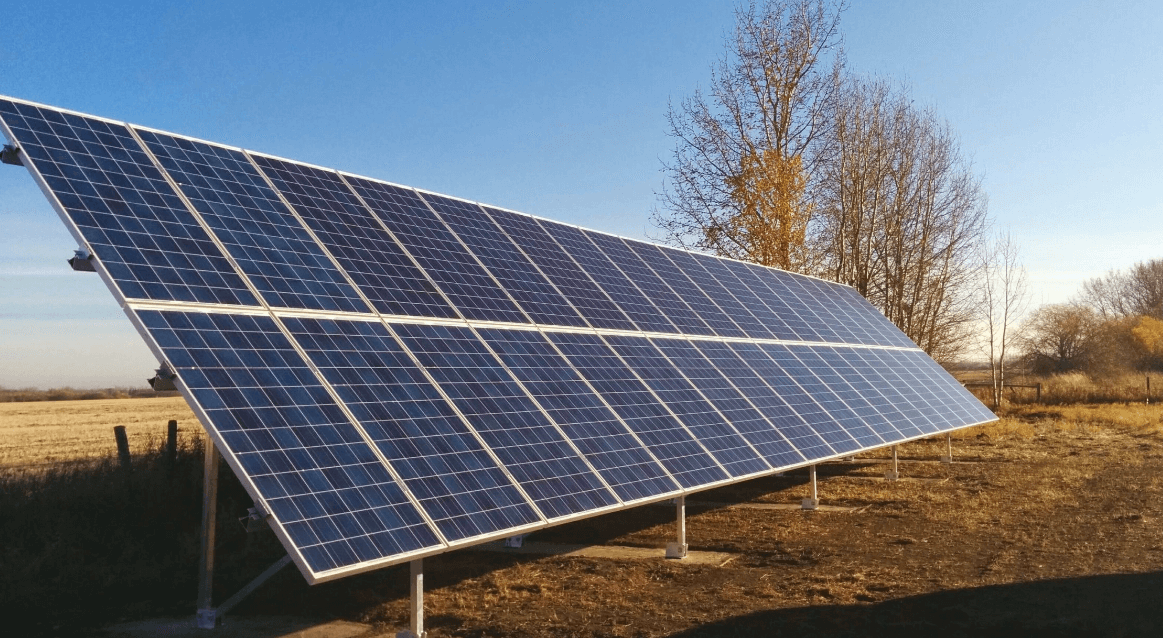
Figure 7: Ground-Mounted Systems
Ground-mounted systems are easier to access for maintenance and can be positioned for optimal sun exposure. However, they require more land and may face zoning and land-use regulations. In regions with heavy snowfall, these systems may need more maintenance.
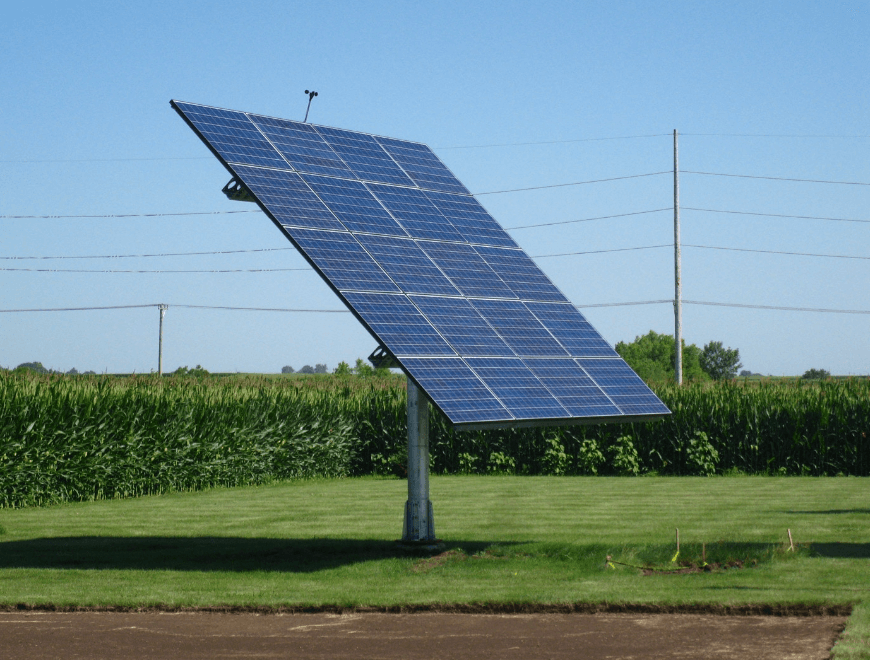
Figure 8: Tracking Systems
Solar arrays can be fixed or equipped with tracking systems that adjust the panels’ angle based on the sun’s position. Tracking systems can boost energy production by 25% to 40% by maintaining optimal sun alignment. However, they are more complex, costly, and require more maintenance compared to fixed mounts.
The installation process begins with assessing the site to determine the best layout and orientation for the panels. Especially for roof-mounted systems, a structural assessment ensures the building can support the panels' weight and mounting equipment. The mounting structure is then installed securely to withstand environmental stresses like wind and snow loads. Proper alignment, sturdy mounting solutions, and the choice between fixed or tracking systems are key to the system’s performance. These decisions impact the system’s efficiency and ability to meet energy production goals reliably.
Innovations in PV Combiner Box Technology
PV combiner boxes are needed for the efficiency and safety of larger photovoltaic (PV) systems. They consolidate electrical outputs from multiple strings of solar panels into a single conduit for a simplified connection to the system’s inverter. This centralization streamlines the wiring of extensive solar arrays and enhances overall system efficiency.

Figure 9: Overcurrent Protection
Combiner boxes are equipped with fuses or circuit breakers for each input string, protecting against current overload that can damage electrical components. These boxes include surge protective devices (SPDs) to shield sensitive equipment from voltage spikes caused by lightning or grid fluctuations. Combiner boxes often come with pre-wired connectors to facilitate quick and error-free installation. This feature speeds up the assembly process and reduces installation errors, ensuring a reliable and secure connection.
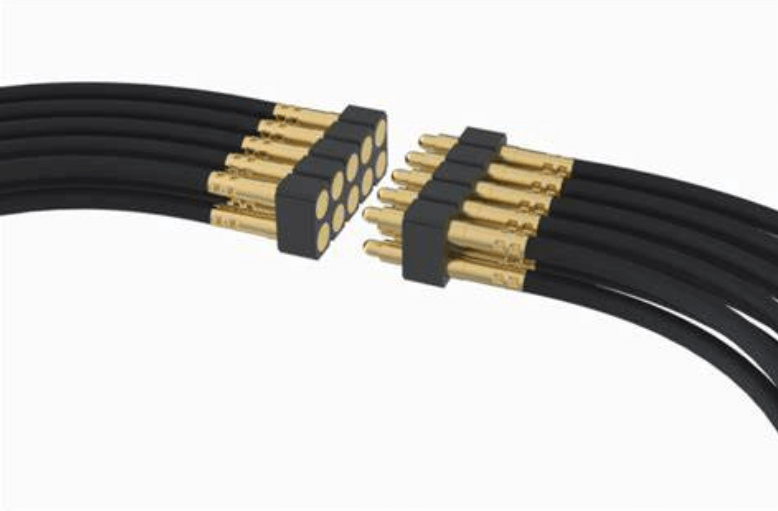
Figure 11: Pre-wired Connectors
Combiner boxes are typically mounted near the solar arrays to minimize the length of cable runs between the panels and the box. This reduces potential power losses and exposure to environmental hazards. While smaller PV systems with fewer strings may not require a combiner box, larger installations rely on them. They simplify the electrical layout, improve safety by centralizing electrical protections, and enhance the scalability of solar installations by making it easier to add more panels or strings in the future.
The Role of PV Inverters in Solar Energy Systems
PV inverters are settling for transforming the direct current (DC) output from solar panels into alternating current (AC). This conversion makes the electricity compatible with household appliances and allows it to be fed back into the electrical grid. The selection of an inverter greatly influences the efficiency, reliability, and manageability of a photovoltaic (PV) system.
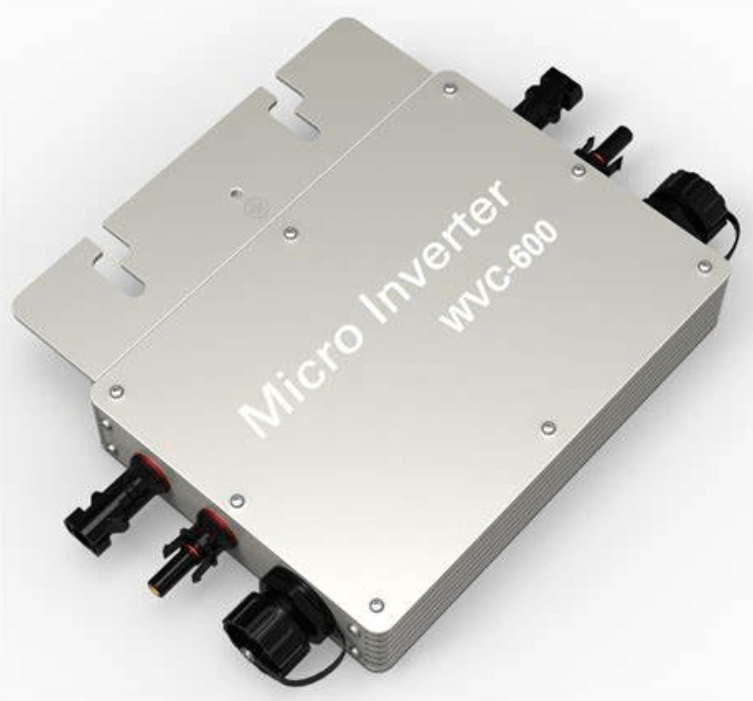
Figure 12: Microinverters
Microinverters are mounted on each solar panel, directly converting DC to AC right at the source. This setup enhances system efficiency by isolating the performance of each panel, ensuring that issues like shading or degradation in one panel don't impact the entire system. Microinverters are well-suited for intricate roof configurations where panels face different directions or are subject to varying levels of shading.

Figure 13: String Inverters
String inverters manage the output from several panels connected in series. They are cost-effective and easier to maintain due to fewer components, making them suitable for large, unshaded installations where panels have uniform sunlight exposure.
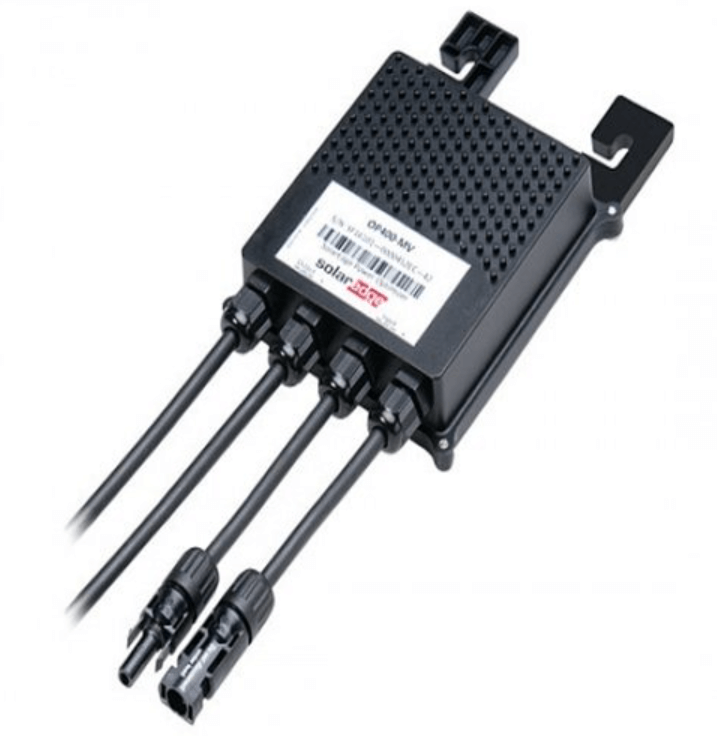
Figure 14: Power Optimizers
Power optimizers are installed at each panel; however, they do not convert DC to AC at the source. Instead, they condition the DC power before it is sent to a central inverter for conversion. This hybrid approach combines some benefits of microinverters, like enhanced performance in shaded conditions, with the cost efficiency of a central inverter.
Proper installation is risky for optimizing inverter performance. Microinverters require careful handling and precise attachment to each panel. String inverters and power optimizers require a strategic placement to reduce cable lengths and enhance efficiency. Advanced inverters are equipped with intelligent monitoring systems that deliver real-time data on the performance of each panel. This feature is invaluable for quickly identifying and addressing issues, ensuring system reliability and longevity. Contemporary inverters are engineered to optimize energy conversion efficiency. They include features to protect against electrical failures, such as automatic shutdown during a grid outage, enhancing safety for utility workers and the system.
Safety and Functionality of PV Disconnects in Solar Systems
PV disconnects are required safety components in both grid-connected and off-grid photovoltaic (PV) systems. They isolate electrical components for safe maintenance, repairs, or emergencies. These disconnects are desperate for managing how the system interfaces with external power sources and internal components, ensuring overall safety.
Manual Disconnects: Manual disconnects require physical operation by a technician or system operator. They are straightforward and reliable, providing a clear way to cut off electrical flow.
Automatic Disconnects: Automatic disconnects are integrated with system controls and can disconnect automatically under certain conditions, such as power surges, system faults, or grid outages. They are settling for rapid response in potentially hazardous situations.
Disconnects are influential components of a photovoltaic (PV) system, allowing specific sections to be isolated safely without needing to shut down the entire system. This feature is particularly useful for performing targeted maintenance or repairs. In emergencies, such as electrical faults or fires, disconnects enable a rapid de-energization of components, significantly reducing the risk of injury or damage. For systems that are connected to the grid, disconnects provide the ability to completely isolate the PV system from the grid, which is dynamic during utility work on nearby power lines to protect workers from accidental electrocution. The effective placement and integration of disconnects are key; they are strategically located both at the array site for localized control and near the inverter and metering equipment to manage the connection to the grid or the main power system. This ensures that any segment of the system can be accessed and deactivated quickly and easily as required.
Advantages of Investing in Solar PV Technology
Solar photovoltaic (PV) technology offers several key advantages for energy generation.
Environmental Benefits: Solar energy is renewable and inexhaustible, derived from the sun's abundant energy, making it a continuous power source. Solar panels produce electricity without emitting greenhouse gases or pollutants, significantly reducing the carbon footprint and combating climate change.
Economic Benefits: Producing their electricity enables owners of solar PV systems to reduce their dependence on utility-supplied power, resulting in significant reductions in electricity bills. In areas with incentive programs such as the Smart Export Guarantee (SEG) in the UK, homeowners, and businesses can generate extra income by exporting excess energy back to the grid.
Low Maintenance Needs: Solar PV systems require relatively low maintenance, primarily involving periodic cleaning to remove dust, leaves, or other debris that might obstruct sunlight. Most solar panels are designed to withstand harsh weather conditions and come with long-term warranties, typically ranging from 20 to 25 years, ensuring performance over a significant period.
Different Types of PV Modules and Their Applications
The photovoltaic (PV) industry offers various types of solar panels tailored to different applications and efficiency needs. Considering these distinctions is settling for optimizing solar energy systems.
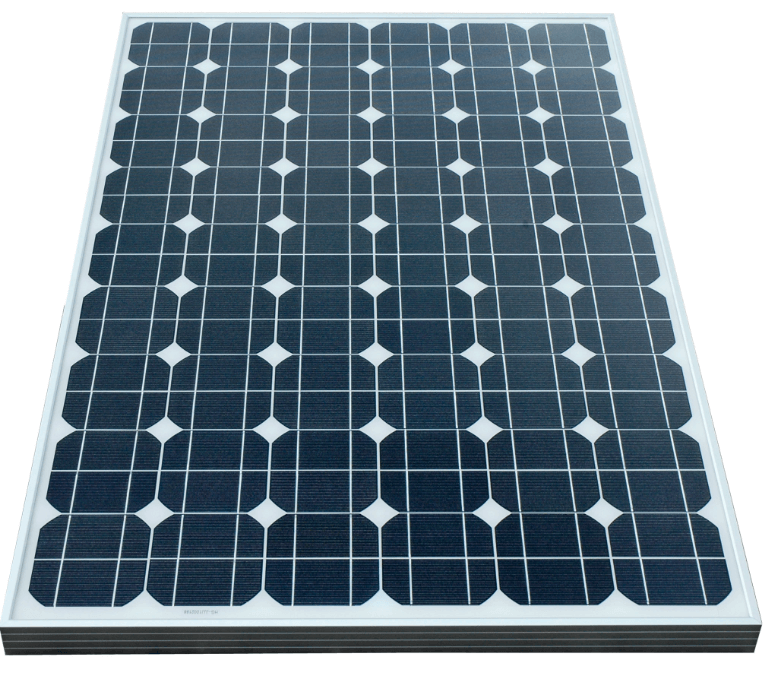
Figure 15: Monocrystalline Silicon Panels
Monocrystalline panels are made from single-crystal silicon, resulting in a uniform, dark appearance with rounded edges. The manufacturing process involves cutting cylindrical silicon ingots into wafers, which is slightly more wasteful in terms of material use compared to other types. These panels are highly efficient, typically ranging from 15% to 20%, due to the purity of the silicon, which allows for better electron flow. Their sleek, dark look is often preferred for residential installations where aesthetics matter. Monocrystalline panels are generally the most expensive type of solar panels due to the complex manufacturing process and high material purity.
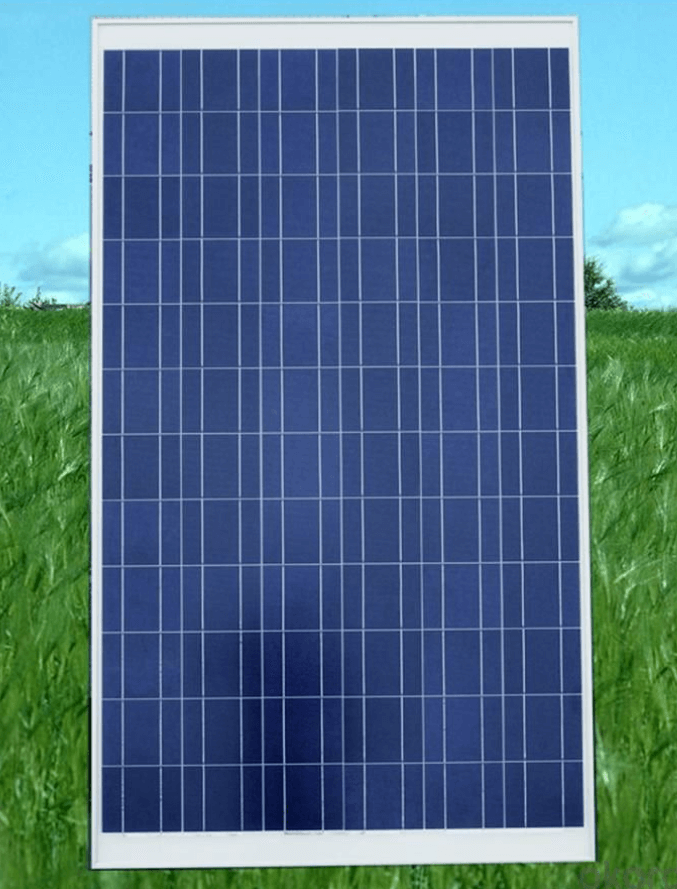
Figure 16: Polycrystalline Silicon Panels
Polycrystalline cells are made by melting multiple silicon crystals together, which are then cooled and cut into wafers. This process gives the panels a characteristic blue hue and a speckled appearance. These panels typically have efficiencies ranging from 13% to 16%. The manufacturing process is less expensive than monocrystalline silicon, making them a more budget-friendly option. Ideal for large-scale installations and areas where cost is more risky than efficiency, such as in industrial or commercial applications.
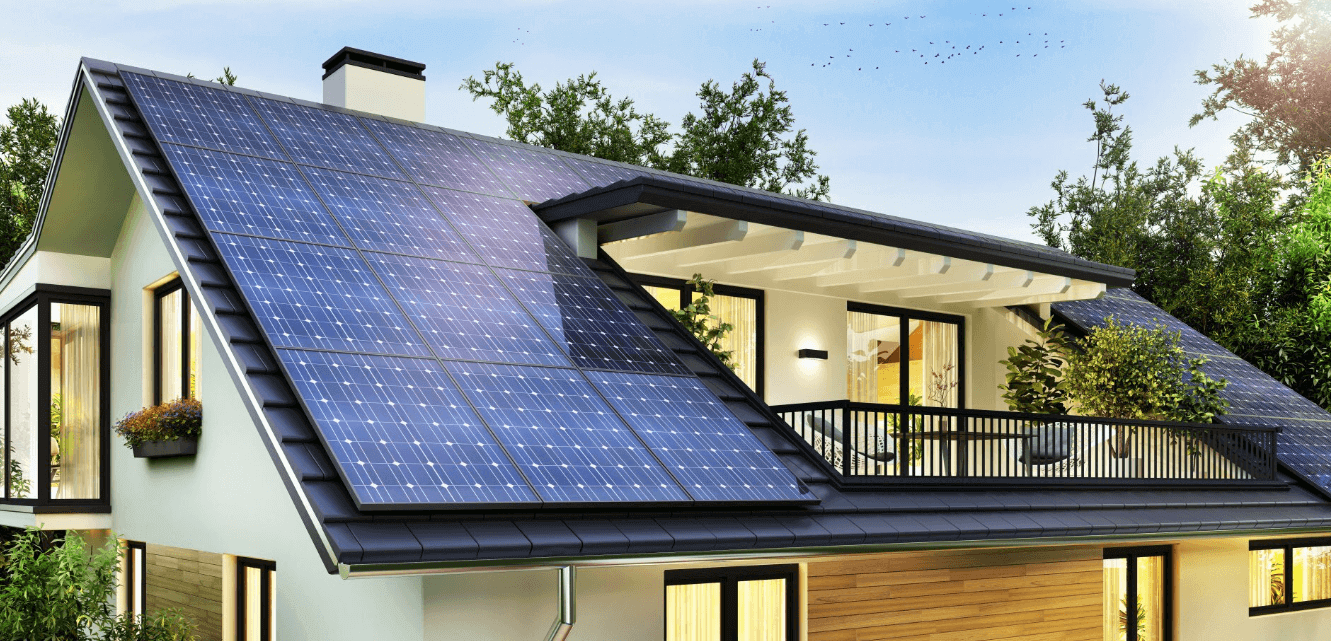
Figure 17: Thin-Film Solar Panels
Thin-film panels are made by depositing one or more layers of photovoltaic material (such as cadmium telluride, amorphous silicon, or CIGS) onto a substrate. This results in very thin, lightweight, and flexible panels. Thin-film panels have lower efficiency rates, typically between 10% and 13%. However, their production is simpler and less costly. They can be used on surfaces where traditional panels are unsuitable, such as curved structures or buildings with load limitations. They are less expensive to manufacture and are particularly useful in projects where space is not a constraint or where architectural integration is required.
Conclusion
The strategic adoption of photovoltaic (PV) systems represents a cornerstone in the global shift towards sustainable energy solutions. By dissecting the operational mechanics and components of both grid-connected and off-grid PV systems, it becomes evident that these technologies not only offer a pathway to reduce the environmental impact but also provide substantial economic benefits through cost savings and potential income generation. The versatility of solar panels, from monocrystalline to thin-film types, underscores their adaptability in various applications, asserting their analytic role in meeting diverse energy needs. Furthermore, advancements in components like inverters and combiner boxes enhance system efficiency and safety, fostering greater reliability and ease of integration into different settings. As the world gravitates towards more sustainable energy practices, photovoltaic technology stands out as a scalable and economically viable option that aligns with long-term energy goals. Embracing this technology not only furthers energy independence but also contributes significantly to the stewardship of our planet, paving the way for a cleaner, more sustainable future in energy generation.
Frequently Asked Questions [FAQ]
1. What is the principle of solar PV power generation?
Solar photovoltaic (PV) power generation operates on the principle of converting sunlight into electricity using photovoltaic cells. These cells are made from semiconductor materials (typically silicon) that exhibit the photovoltaic effect. When sunlight hits the PV cell, it excites electrons, creating an electrical current. This direct current (DC) is either used directly, stored in batteries, or converted to alternating current (AC) using an inverter for various applications.
2. What is the basic concept of solar PV?
The basic concept of solar PV revolves around harnessing energy from the sun to generate electricity. Solar PV systems consist of photovoltaic cells that capture sunlight and convert it into electrical energy. These systems are scalable and can range from small, rooftop installations to large, ground-mounted utility-scale systems.
3. How to understand solar panel output?
Solar panel output is primarily measured in watts (W) and represents the power generation capacity of a panel under ideal conditions. The actual output depends on several factors including sunlight intensity, panel orientation, and ambient temperature.
4. What is the difference between a solar system and a PV system?
A solar system generally refers to any system that utilizes solar energy, including solar thermal systems (which convert solar energy into heat) and photovoltaic systems. A PV system specifically refers to systems that convert sunlight into electricity using photovoltaic cells. Thus, all PV systems are solar systems, but not all solar systems are PV systems.
5. What do you mean by solar power generation?
Solar power generation refers to the process of generating electricity from sunlight. This is typically achieved through the use of photovoltaic (PV) systems that convert light into electrical energy. Solar power generation is a renewable, clean energy source that contributes to reducing carbon emissions and dependence on fossil fuels.